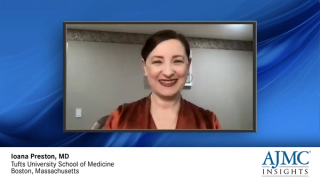
Pulmonary Arterial Hypertension
Latest News
Latest Videos

CME Content
More News

Patients continued taking their medications for pulmonary arterial hypertension (PAH) when symptoms appeared to improve, according to a new survey.
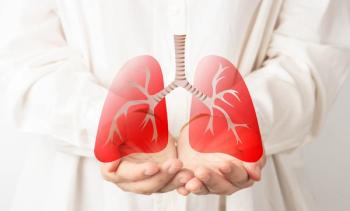
Professional guidelines say that when pulmonary arterial hypertension (PAH) is diagnosed, right heart catheterization should be performed, but a quarter of the time, it isn’t—so investigators set out to discover why.

Most patients with pulmonary arterial hypertension (PAH) suffered from poor sleep quality, and dyspnea was a significant predictor of sleep quality, independent of disease severity, according to this study.

When patients were re-classified based on the adjusted thresholds of N-terminal pro-brain natriuretic peptide and 6-minute walk distance and the inclusion of TAPSE rather than right atria area, classification of patients improved significantly.
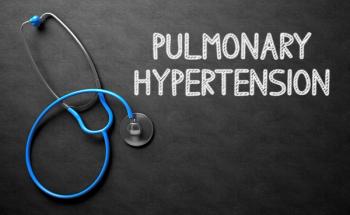
The study findings underscore the importance of early initiation of macitentan and tadalafil among patients who have pulmonary arterial hypertension (PAH), and represent a shift in understanding of prognosis based on diagnosis timing.
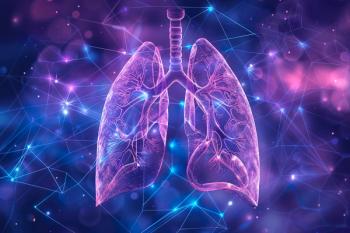
The comparative effectiveness study found that the addition of selexipag (Uptravi) to double oral therapy (DOT) reduced the risk of patients being hospitalized or having their disease progress.

Using Mendelian randomization analysis, researchers found evidence that 2 small groups of immunophenotypes are linked to either greater or lesser odds of developing pulmonary arterial hypertension (PAH).
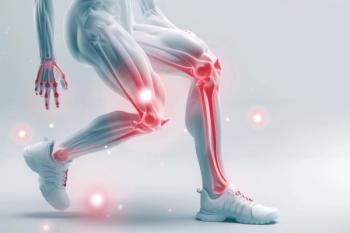
As more researchers utilize digital technology to measure mobility in pulmonary arterial hypertension (PAH), a team calls for consistent protocols to make outcomes as meaningful as possible to patients and clinicians
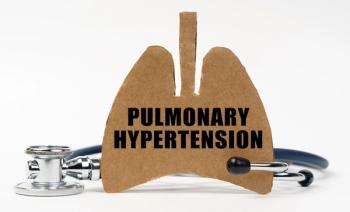
Initial evidence suggests alternative approaches such as exercise, dietary modification, and psychosocial therapies may enhance traditional management of pulmonary hypertension.
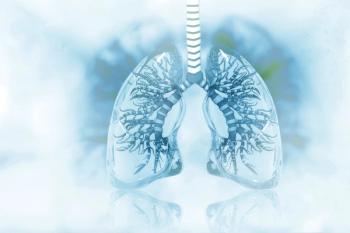
An adult patient with pulmonary arterial hypertension (PAH) and metastatic lung adenocarcinoma showed significant clinical improvement when chemotherapy and immunotherapy were added to PAH triple therapy.
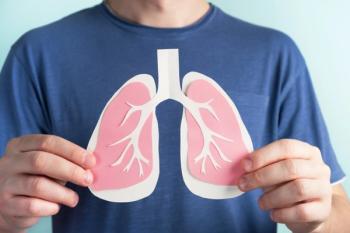
In addition to being diagnosed more frequently in older patients, pulmonary arterial hypertension (PAH) is more frequently diagnosed in patients with cardio-pulmonary comorbidities, which poses challenges to the optimal treatment of PAH, explained the researchers.

The European approval comes months after the FDA’s approval of the first-of-its-kind treatment for pulmonary arterial hypertension (PAH).

The tentative approval cannot take effect because a competing product was granted market exclusivity.
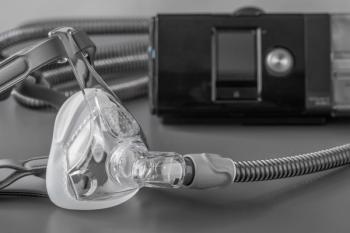
When women with obstructive sleep apnea (OSA) carrying high-risk pregnancies collaborate with their health care providers to find the best individualized continuous positive airway pressure (CPAP) treatment, their risks of gestational hypertension and preeclampsia may drop appreciably

Though circulating high mobility group box-1 levels appear to be a biomarker for pulmonary arterial hypertension (PAH) in adults with congenital heart disease, the same is not true in pediatric patients.

Patients with hypertension-related chronic kidney disease who increased daily fruit and vegetable consumption showed improved cardiovascular health and reduced blood pressure compared with participants who added baking soda to their diet or who received pharmacological-only treatment.

Researchers don’t fully understand why these disorders are increasing, but they declare that finding out should be a top priority.

New data from the single-center, open-label extension EDITA-ON study suggest that early treatment for pulmonary arterial hypertension (PAH) could benefit patients with systemic sclerosis and early pulmonary vascular disease.
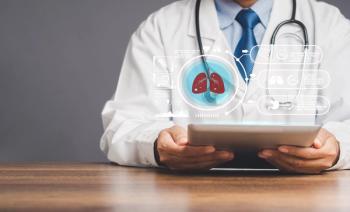
The hospitalization rate for patients with pulmonary hypertension (PH) and interstitial lung disease (ILD) doubled over a 2-year period, and total health care costs more than doubled over the same period.

A new report shows wide variability in terms of which patients with chronic thromboembolic pulmonary hypertension (CTEPH) are deemed eligible for pulmonary endarterectomy and balloon pulmonary angioplasty.

Investigators hoped to use large-scale proteomics to help predict hypertensive disorders of pregnancy (HDP), using blood proteins obtained from individuals in their first trimester of pregnancy—but success has been elusive.

A quality improvement program found that maternal blood pressure (BP) screening during early well-child visits significantly improves the early detection and management of postpartum hypertensive disorders.

Digital twin technology could personalize treatment for pulmonary hypertension, according to a recent study.

More than 80% of pregnant patients with new-onset hypertensive disorder remain hypertensive after hospital discharge.

Losartan may help stop the epileptic process in certain patients with hypertension.






